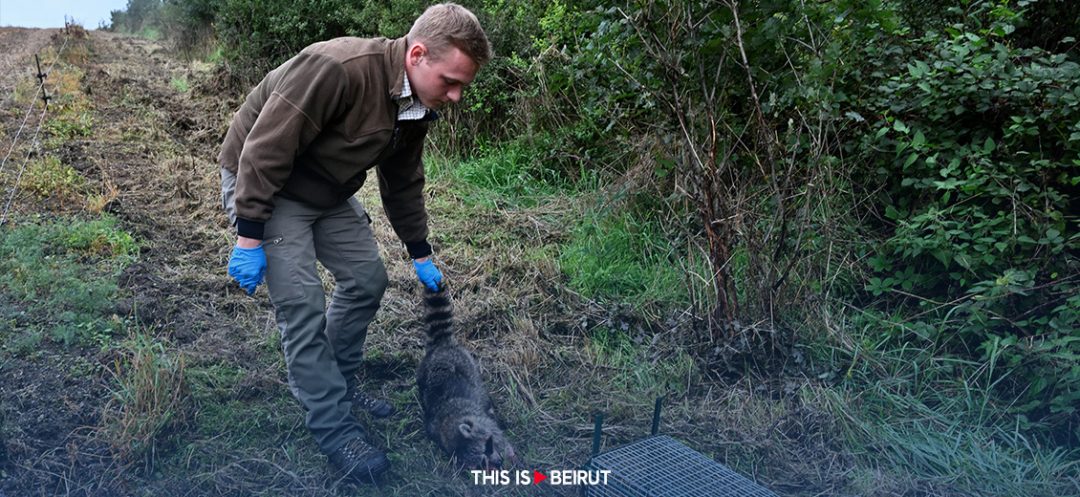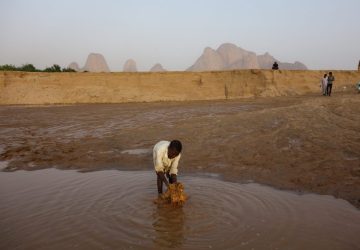The surging numbers of invasive species represent a mounting challenge, underlining the significant disruption of natural systems due to the rapid expansion of human activity. This disruption carries an annual cost surpassing $400 billion.
Invasive species that wreck crops, ravage forests, spread disease, and upend ecosystems are spreading ever faster across the globe, and humanity has not been able to stem the tide, a major scientific assessment said Monday.
The failure is costing well over 400 billion dollars a year in damages and lost income, the equivalent to the GDP of Denmark or Thailand, and that is likely a “gross underestimation”, according to the intergovernmental science advisory panel for the UN Convention on Biodiversity (IPBES).
From water hyacinth choking Lake Victoria in East Africa to rats and brown snakes wiping out bird species in the Pacific, to mosquitoes exposing new regions to Zika, yellow fever, dengue, and other diseases, the report cataloged more than 37,000 so-called alien species that have taken root, often literally, far from their places of origin.

That number is trending sharply upward, along with the bill for the damage multiplying fourfold per decade, on average, since 1970.
Economic expansion, population increase, and climate change “will increase the frequency and extent of biological invasions and the impacts of invasive alien species,” the report concluded.
Only 17 percent of countries have laws or regulations to manage this onslaught, it said.
The spread of species is hard evidence that the rapid expansion of human activity has so radically altered natural systems as to tip the Earth into a new geological epoch, the Anthropocene, scientists say.
Hitchhikers
The hyacinth that at one point covered 90 percent of Lake Victoria, crippling transport, smothering aquatic life, blocking hydroelectric dam intake, and breeding mosquitoes, is thought to have been introduced by Belgian colonial officials in Rwanda as an ornamental garden flower before making its way down the Kagera River in the 1980s.

More often, however, invasive species are accidental arrivals, hitching rides in the ballast water of cargo ships, the containers in their holds, or a tourist’s suitcase.
The Mediterranean Sea is full of non-native fish and plants, such as lionfish and killer alga, that journeyed from the Red Sea through the Suez Canal.
Three lines of defense
Invasive species are a significant cause in 60 percent of all documented plant or animal extinctions, one of five main drivers along with habitat loss, global warming, and pollution, according to the findings.
These drivers interact: climate change has pushed alien species into newly warmed waters or lands where native species are often vulnerable to intruders they have never encountered.

The deadly fire that reduced the Hawaiian town of Lahaina on Maui to ashes last month was fueled in part by bone-dry grasses, imported decades ago to feed livestock, that has spread across abandoned sugar plantations.
A global treaty to protect biodiversity hammered out in Montreal last December sets a target of reducing the rate at which invasive alien species spread by half by 2030.
The IPBES report lays out general strategies for achieving this goal but does not assess the chances of it being met.
There are three lines of defense, according to the report, prevention, eradication, and then, failing that, containment.
Katrine Dige Houmøller, with AFP




